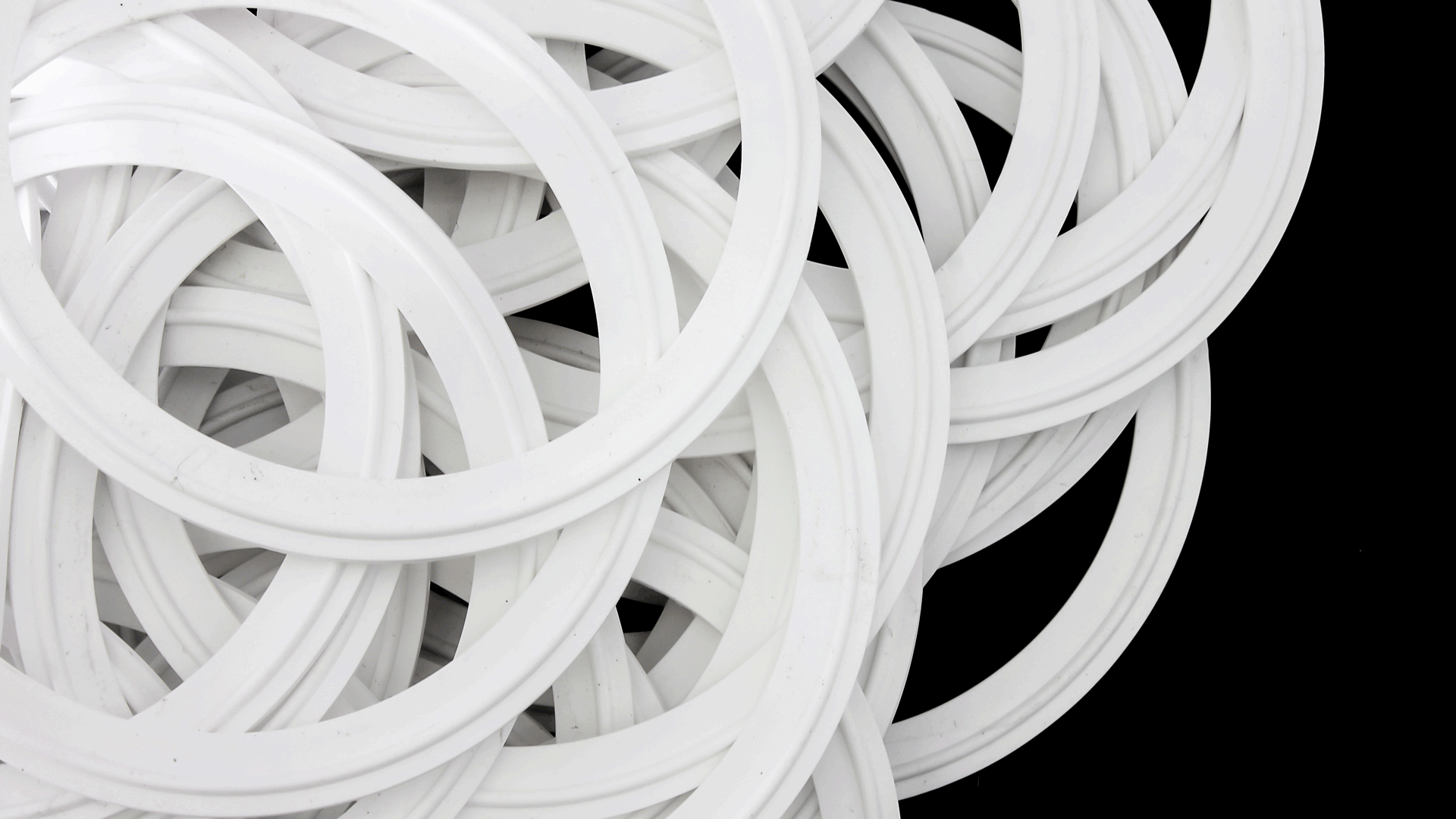In the intricate machinery and processes of manufacturing facilities, even the smallest components play crucial roles in ensuring efficiency and safety. Among these are sanitary gaskets, often overlooked but essential for maintaining a sanitary environment in various industrial processes, including food and beverage production, pharmaceuticals, and biotechnology. Understanding when and how to replace these gaskets is vital for ensuring product quality, preventing unplanned downtime, and adhering to regulatory standards.
When to Replace Sanitary Gaskets:
- Visible Wear and Tear: Regular inspection of sanitary gaskets is key. Look for signs of wear such as cracks, tears, or deformation. Any visible damage indicates a compromised seal and warrants immediate replacement.
- Loss of Elasticity: Over time, gaskets can lose their elasticity, leading to ineffective sealing. Gently pressing on the gasket can help determine if it has become stiff or brittle, indicating the need for replacement.
- Leakage: If you notice any leaks around fittings or joints, it’s a clear indication that the gasket is no longer providing a proper seal. Address these leaks promptly to prevent product contamination and equipment damage.
- Temperature and Chemical Exposure: Harsh chemicals or extreme temperatures can accelerate the degradation of gaskets. Be mindful of the operating conditions in your facility and replace gaskets as needed to ensure compatibility and effectiveness.
- Regulatory Compliance: Depending on the industry, there may be specific regulations governing the replacement frequency of sanitary gaskets. Familiarize yourself with these requirements to maintain compliance and uphold product quality standards.
How to Replace Sanitary Gaskets:
- Shut Down Equipment: Before replacing gaskets, ensure that the equipment is properly shut down and depressurized to prevent accidents and injuries.
- Clean the Area: Thoroughly clean the surfaces around the gasket to remove any residue or debris. Proper sanitation is crucial for preventing contamination in sensitive industries.
- Remove Old Gasket: Carefully remove the old gasket, taking note of its orientation and position. Use appropriate tools to avoid damaging the mating surfaces.
- Inspect and Prepare New Gasket: Before installation, inspect the new gasket for any defects or damage. Ensure that it is the correct size and material for the application. Apply lubricant if necessary to aid in installation.
- Install New Gasket: Place the new gasket onto the mating surfaces, ensuring proper alignment. Follow manufacturer recommendations for torque specifications when tightening fittings to achieve an effective seal.
- Test for Leakage: After installation, conduct a leakage test to verify the integrity of the seal. Pressurize the system and inspect for any signs of leaks. If leaks are detected, recheck the installation and tighten fittings as needed.
- Document Replacement: Keep detailed records of gasket replacements, including dates, locations, and reasons for replacement. This information can be valuable for maintenance planning and regulatory compliance.
Knowing when to replace sanitary gaskets in your manufacturing facility is crucial for maintaining product quality, preventing downtime, and ensuring regulatory compliance. By staying vigilant and following proper replacement procedures, you can safeguard your processes and uphold the highest standards of hygiene and safety.
When it’s time to replace your gaskets, whether they are Tri-Clamp gaskets, DIN, or I-Line gaskets, Sanitary Fittings carries every gasket for your needs. Shop all of our sanitary gaskets.
If you don’t see something you need or if you have questions, our sales team is always ready to help!

